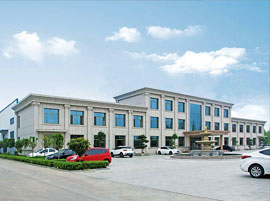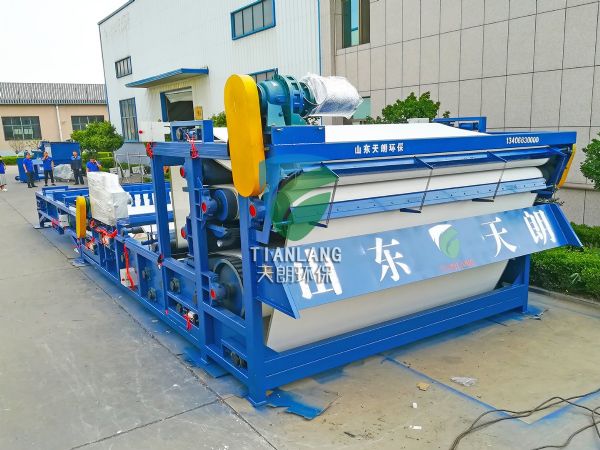TEL:+86 0536-6162866+86 187-6464-2379
ADD:No.19, Shunde Road, Zhucheng City, Shandong, China
WEB:www.onvestcapital.com
Fertilizer sewage treatment plant
-
MS:Katherine Wong
+86 187-6464-2379
-
TEL:+86 0536 6162866
MAIL:sales@cntianlang.com
-


Name: Fertilizer sewage treatment plant
details
Note: The following are just a few common treatment methods. The specific processing method needs to be customized for you in combination with your situation. If you need detailed plans and quotations, please call our company service hotline, we have a dedicated technical staff to give you free programs and quotations.
At present, there are several types of sewage phosphorus removal technologies at home and abroad: biological methods, physicochemical methods and biochemical methods. The physicochemical method mainly includes coagulation sedimentation method, electrolytic dialysis method, reverse osmosis method, crystallization method and ion exchange adsorption method, etc. These methods have good phosphorus removal effect and stable operation, and are particularly suitable for treating high flow rate. Concentration of phosphorus-containing industrial wastewater.
Treatment process after workshop wastewater reform
The phosphorus-containing production wastewater flows into the regulating tank from the workshop, and the reaction agent lime milk is mixed with the wastewater before the pump, and then pumped to the reaction tank 1# to stir and mix the reaction (the mixture is automatically controlled by the pH measurement and control system to control the dosage of the lime milk. The pH was stabilized at about 11.0), and then the reaction was carried out through the reaction tanks 2# and 3# in sequence, so that most of the total phosphorus in the wastewater was precipitated and removed. After that, the wastewater is mixed by the swash plate to cause a coagulation reaction, thereby removing other pollutants and part of residual phosphorus in the wastewater.
Thereafter, the wastewater is subjected to secondary precipitation, sand filtration, and activated carbon adsorption treatment, and then enters the neutralization tank, and is neutralized with dilute hydrochloric acid to adjust the pH value and then discharged. After the precipitator precipitates, it flows into the air flotation device, and mixes with the injected flocculant to cause a coagulation reaction, thereby removing other pollutants and part of residual phosphorus in the wastewater. Thereafter, the wastewater is subjected to secondary precipitation, sand filtration, and activated carbon adsorption treatment, and then enters the neutralization tank, and is neutralized with dilute hydrochloric acid to adjust the pH value and then discharged.























 Tel
Tel Home
Home Products
Products